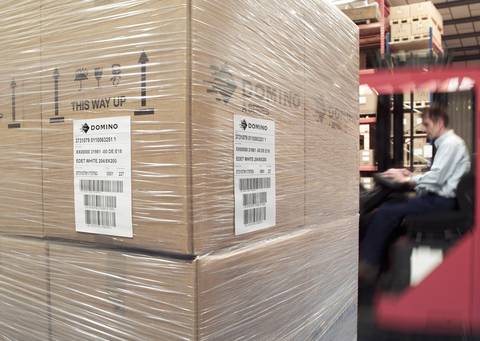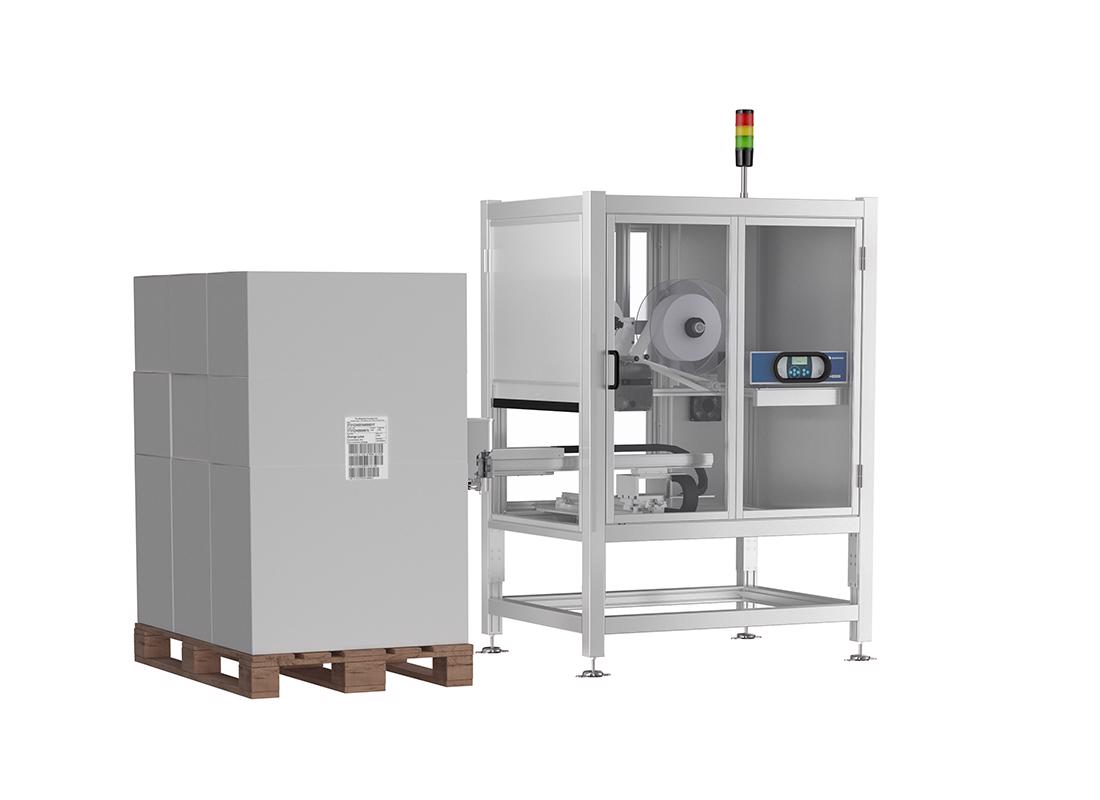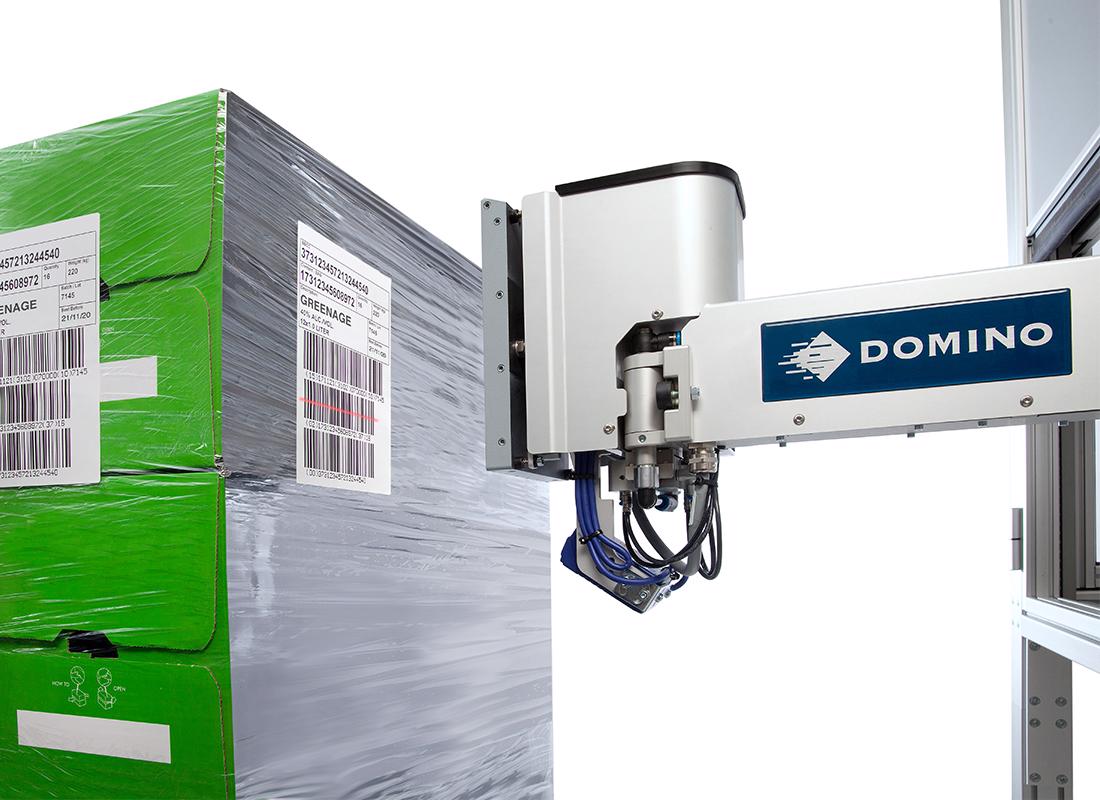Potential Problems with Pallet Printing
Pallets must be labelled correctly with legible and clear codes containing details of the product and its quantities, including supplier details, serial numbers, batch numbers and more. This is for traceability purposes within a warehouse or Distribution Centre where scanners will be required to read these codes quickly and without fault. When printed labels are applied correctly on multiple pallet surfaces, they are easier to scan; thereby improving logistical efficiency, inventory control, and saving both time and money.
Why would your organization need this level of data on pallets?
Have you ever ordered anything online that you really wanted, and tracked every movement?
That’s why.
In business, with JIT inventory and finance managers worrying about the cash flow health of the business, this level of tracking is vital. Beyond the bottom line, it’s also for the traceability purposes of your warehouse or distribution centre where scanners are used to read the barcodes and QR codes quickly and without fault.
That’s where the ‘clear’ part comes in – if codes aren’t clear, your barcodes aren’t going to register and your product isn’t going to get tracked, affecting warehousing, distribution centres, and yes, ultimately your company’s bottom line.
However, when labels are applied correctly on multiple surfaces, they are easier to find, easier to scan and can enhance logistical efficiency and inventory control – ultimately saving your business time and money.
Common problems with pallet labelling

Manual labelling
Many companies still manually label their stock which can be a highly inefficient process. For example, warehouse workers might unload a pallet, get off the forklift, walk over to a computer to print off the labels, walk back to the pallet to apply the labels by hand, hop back onto the forklift and move the pallet into storage or onto a lorry for transportation.
This method leads to a lot of wasted time that affects final margins. Also, applications by hand are generally not square and may not meet the GS1 height guidelines, causing headaches further down the line.
If a label is in the wrong place and doesn’t meet these guidelines, a scanner can’t read it. Your stock could therefore get rejected if scanned incorrectly, leading to more time lost and potential fines.
The volume of pallets produced requires a labelling system that will print and apply labels correctly every time, keeping production costs down and ensuring goods face no problems throughout the supply chain.
However, GS1 standards aside, perhaps the most critical challenge is ensuring that your labels are compliant with your customers and can integrate with their existing systems. It’s vital to know what your customers require and how to label your pallets to suit them efficiently.
As such, you must be versatile in how many labels you apply to the pallet. The GS1 guidelines only show what most customers need. While some may require only one or two, some could need three or more.
To meet most guidelines, you simply have to apply labels in the correct locations, ensuring they are square-on and without any uneven edges or creasing.

Automated labelling
Automating your pallet labelling process will allow for accurate placement every time. And with an average cycle time of less than 10 seconds per label, volume will never be an issue.
However, there are many other external factors in the process to consider.
For instance, the environments your tertiary packaging will go through can also affect the labelling process. Packaging in a wet environment will have different requirements compared to a dry environment. For example, wet beverage sites will need stainless steel cabinets to protect them from the humidity. Aluminium cabinets, however, are sufficient for dry sites.
Temperature can also be an issue, so you may need climate control kits or heaters to ensure that a suitable climate is maintained at all times.
Any automatic printer will sometimes suffer from poor print quality, making the barcodes unreadable by machines. An integrated check scanner will scan the label after it has been printed, ensuring readability further down the chain.
As these labels contain a lot of information, it’s essential to consider both your and your customers’ software capabilities. Controls from the pallet labeller to the palletiser must be able to send and receive signals efficiently in order to stop the pallet and move it along once the label is applied. Generally, this information is stored in an Enterprise Resource Planning system (ERP) or Manufacturing Execution System (MES), and it will use a command protocol or software to integrate together.
The conveyor systems used in the different stages of a pallet’s journey may differ in height and speed, as well as the number of stops it makes as it moves through the palletiser and stretch wrapper. As such, a flexible and easily adjustable system is crucial.
To tackle these critical issues and avoid making costly mistakes, you need a versatile pallet labeller that you can configure to meet GS1 and customer standards with ease.

The solution – Domino Mx-Series
Powered by Domino’s unique intelligent technology, the Domino Mx-Series labelling system provides clear codes for systematically printing and applying perfect labels to your secondary or tertiary packaging.
The M230i-P150 can place up to three labels per pallet with 1 or 2 stops with various label sizes. It adjusts to suit your needs and easily integrates into your existing production line with Domino’s QuickDesign software. With its robust printer with 600m of ribbon and label roll, which are synchronised to be replaced simultaneously, and an intuitive UI touch screen, you can breeze through the pallet labelling process in a fraction of the time compared to applying labels manually.
It is available in an aluminium or stainless-steel case and includes optional climate control heaters and check scanners.
Overcome your pallet labelling process inefficiencies
For more information about how the Domino M-Series can speed up your package labelling and reduce overall costs, contact us today.